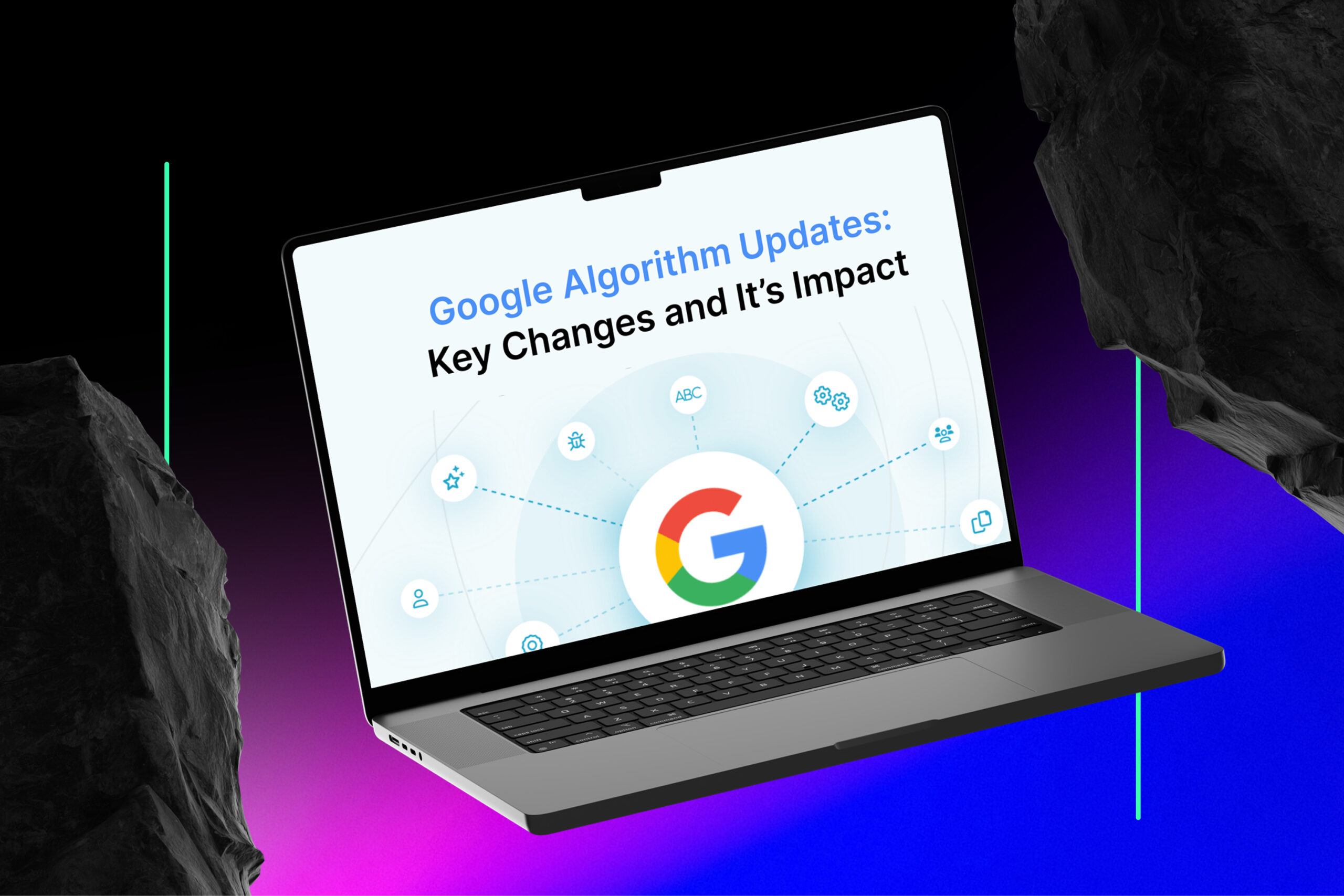Google has officially announced its March 2025 Core Algorithm Update, and SEO professionals are already seeing shifts in rankings across various industries. As with all core updates, Google aims to refine how it evaluates content quality, trustworthiness, and user experience. While the rollout may take up to two weeks to complete, early insights suggest notable changes in ranking signals.
What’s New in the March 2025 Update?
Google’s official documentation on core updates remains unchanged, but SEO analysts, including Marie Haynes, have identified key themes that may be influencing search results. Based on the latest Quality Rater Guidelines (QRG) updates, we anticipate that this update will target:
- Filler Content Reduction – Pages with excessive introductions or unnecessary fluff before delivering value may be downgraded in rankings.
- Scaled Content Strategies Losing Effectiveness – Websites producing large volumes of low-value or repetitive content may see diminishing returns.
- AI-Generated Content at Scale Impacted – Content farms relying heavily on AI without meaningful human oversight could be devalued.
- Expired Domain SEO Strategies Targeted – Websites acquiring expired domains to leverage their backlink profile for SEO benefits might be penalized.
- Enforcement of the Site Reputation Abuse Policy – Google may be cracking down on third-party content hosted on authoritative domains solely for ranking manipulation.
These shifts indicate a stronger emphasis on high-quality, user-first content rather than aggressive SEO tactics. As Google refines its machine learning models, we expect a continued move away from technical loopholes and toward deeper content evaluation.
How We’re Adjusting Our Strategy for Clients
At Blennd, we’re taking proactive steps to ensure our clients’ websites not only withstand this update, but continue to grow their organic visibility. Here’s how we’re adapting:
1. Refining Content Strategies
- Prioritizing concise, valuable content that delivers key insights upfront.
- Reducing excessive intros, ensuring main content appears within the first scroll-depth.
- Enhancing E-E-A-T (Experience, Expertise, Authoritativeness, Trustworthiness) signals through expert contributors, authoritative references, and transparent sourcing.
2. Quality Over Quantity in Content Production
- Shifting focus from high-volume content strategies to high-impact, deeply researched pieces.
- Auditing and pruning outdated or redundant content to maintain quality.
- Ensuring AI-generated content is reviewed, edited, and fact-checked to align with user needs.
3. Evaluating Link-Building and Domain Authority
- Avoiding reliance on expired domains with legacy backlinks as an SEO shortcut.
- Strengthening natural link acquisition through thought leadership, digital PR, and genuine relationships.
- Conducting link audits to remove low-quality or outdated link strategies that could become liabilities.
4. Ensuring Compliance with Google's Policies
- Reviewing and updating content to ensure alignment with Google’s site reputation abuse policy.
- Avoiding mass publishing of third-party content on domains without relevance or oversight.
- Strengthening brand trust signals, ensuring clear author attribution and structured data best practices.
What’s Next?
As the update continues rolling out, we’ll be closely monitoring ranking shifts and identifying patterns that can inform further refinements. Our data-driven approach will ensure that we pivot quickly to maintain and grow our clients’ search presence.
If you’ve noticed ranking drops or want to ensure your site remains competitive, now is the time for an in-depth SEO audit and strategic adjustments.
Stay tuned for further insights as we continue analyzing the impact of the March 2025 Core Algorithm Update and implement forward-thinking solutions for sustainable SEO success.




